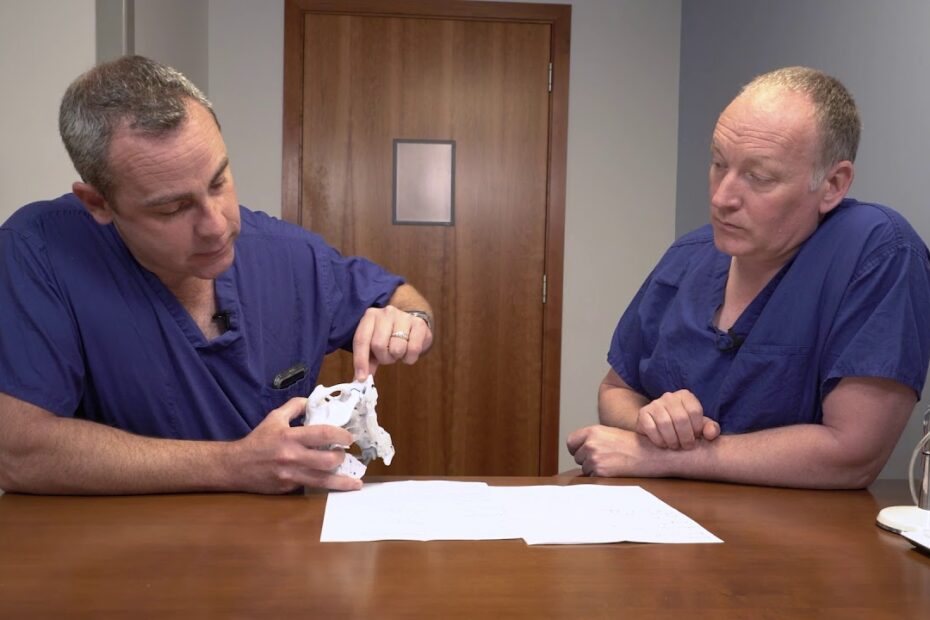Why TMJ Surgery Might Not Be the Best Solution for Jaw Pain
TMJ surgery is often considered a last resort for treating jaw pain, and for good reason. While it may seem like a definitive solution, it comes with significant risks and potential complications. Surgery on the temporomandibular joint (TMJ) is highly invasive and can lead to long-term issues such as nerve damage, scarring, or even a worsening of symptoms. Additionally, the recovery process can be lengthy and uncomfortable, making it a less appealing option for many patients.
Non-Surgical Alternatives Are Often Effective
Before opting for surgery, it’s important to explore non-invasive treatments that have proven effective for many individuals. Physical therapy, lifestyle changes, and medications can often alleviate TMJ pain without the need for surgical intervention. For example, techniques like jaw exercises, stress management, and the use of mouth guards can address the root causes of TMJ disorders, such as muscle tension or teeth grinding. These methods are not only safer but also more cost-effective.
Surgery Doesn’t Always Address the Underlying Cause
TMJ surgery focuses on correcting structural issues in the joint, but it may not resolve the underlying factors contributing to jaw pain. Conditions like stress, poor posture, or misaligned teeth can continue to cause discomfort even after surgery. Without addressing these root causes, the pain may persist or return, leaving patients frustrated and back at square one. This highlights the importance of a comprehensive treatment plan that goes beyond surgical solutions.
Lastly, TMJ surgery is irreversible, and its outcomes are not always predictable. While some patients experience relief, others may face complications or minimal improvement. Given the permanent nature of the procedure and the availability of less risky alternatives, it’s crucial to weigh all options carefully before deciding on surgery for jaw pain.
TMJ Surgery: What You Need to Know Before Making a Decision
TMJ surgery is a significant decision that should only be considered after exhausting non-invasive treatment options. The temporomandibular joint (TMJ) connects your jawbone to your skull, and when it becomes dysfunctional, it can cause pain, difficulty chewing, and other discomforts. Surgery is typically recommended for severe cases where other treatments, such as physical therapy, medications, or splints, have failed to provide relief. Before proceeding, it’s essential to understand the risks, benefits, and alternatives to ensure you’re making an informed choice.
Types of TMJ Surgery
There are several types of TMJ surgeries, each tailored to address specific issues. Arthrocentesis is a minimally invasive procedure that involves flushing the joint to remove debris and reduce inflammation. Arthroscopy uses a small camera and instruments to diagnose and treat joint problems. For more severe cases, open-joint surgery may be necessary to repair or replace the joint. Your surgeon will evaluate your condition and recommend the most appropriate option based on your symptoms and medical history.
Risks and Recovery
Like any surgery, TMJ procedures come with potential risks, including infection, nerve damage, and prolonged pain. Recovery time varies depending on the type of surgery, but most patients can expect some swelling and discomfort for several weeks. Physical therapy and a soft diet are often recommended during the healing process. It’s crucial to follow your surgeon’s post-operative instructions to minimize complications and ensure a smooth recovery.
Before committing to TMJ surgery, consult with a qualified specialist to discuss your options. Ask about success rates, potential outcomes, and whether surgery is truly necessary for your condition. Taking the time to weigh the pros and cons will help you make the best decision for your health and well-being.
